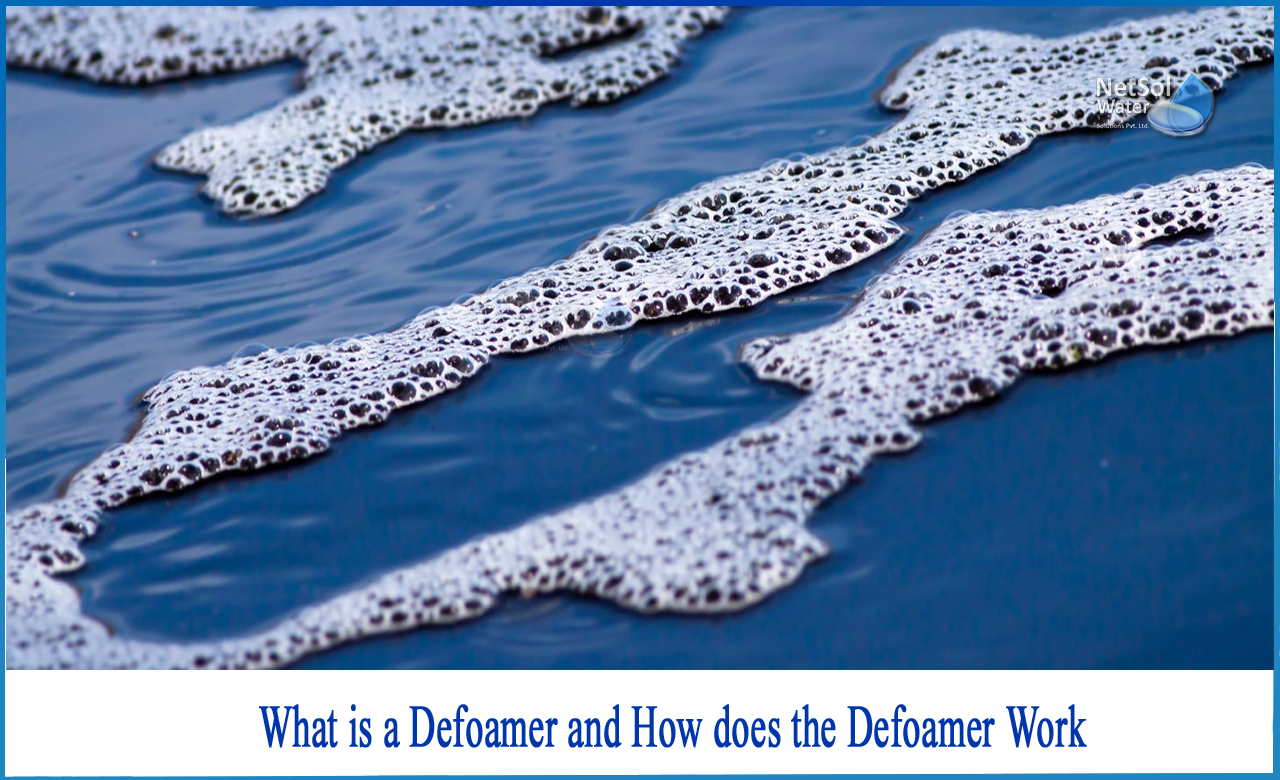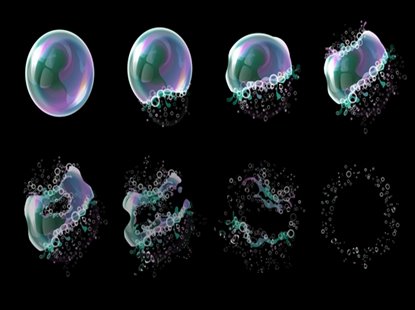Defoamers: Essential Tools for Enhancing Efficiency in Cleaning Products
Defoamers: Essential Tools for Enhancing Efficiency in Cleaning Products
Blog Article
Picking the Right Defoamer for Your Specific Application Demands
Picking the ideal defoamer for particular application needs is a nuanced process that requires cautious factor to consider of several factors, such as the foam operating, tool, and kind conditions. Comprehending the subtleties of defoamer efficiency-- consisting of speed and determination-- while additionally accounting for environmental and regulative variables is essential.
Recognizing Foam Development
Foam development occurs when gas is entraped within a liquid, creating a secure framework of bubbles. This phenomenon can substantially impact different industrial processes, especially in industries such as food manufacturing, pharmaceuticals, and wastewater therapy. The presence of foam can impede mixing, reduce item top quality, and also cause operational inadequacies.
Foam usually creates due to a combination of factors, including surface-active agents, agitation, and the qualities of the liquid phase. Surfactants reduced the surface stress of the liquid, facilitating the formation of bubbles that can coalesce and stabilize. Agitation, whether from mechanical mixing or gas introduction, improves bubble formation, resulting in increased foam volume.
Recognizing the mechanics of foam development is essential for industries aiming to enhance their procedures. By determining the details conditions that promote foam generation, organizations can execute strategies to reduce its impacts. This expertise prepares for selecting proper defoaming agents that efficiently target the one-of-a-kind obstacles posed by foam in different applications. Consequently, an extensive understanding of foam formation is necessary for enhancing performance and maintaining item integrity throughout different sectors.
Types of Defoamers Available
Numerous kinds of defoamers are available to deal with the challenges positioned by foam in industrial applications. defoamers. Broadly classified, defoamers fall under three groups: silicone-based, non-silicone-based, and all-natural defoamers
Silicone-based defoamers are renowned for their performance and security across a large range of temperatures and pH degrees. They are typically utilized in applications where solid foam suppression is needed, such as in paints, finishes, and adhesives. Their reduced surface stress enables quick foam collapse.
Non-silicone-based defoamers, usually made from organic compounds, supply an option for applications conscious silicone deposits. These defoamers can be further separated right into polyether and ester kinds, each customized to fulfill particular solution needs. Non-silicone defoamers are frequently used in food processing and personal care products because of their compatibility with different solutions.
Natural defoamers, stemmed from plant or pet resources, are acquiring traction because of their green account. These products are particularly appealing in applications where regulative conformity and sustainability are paramount, such as in agrochemicals and biotechnology.
Choosing the right kind of defoamer is critical for optimizing efficiency and ensuring compatibility with specific applications.
Trick Application Factors To Consider
When choosing a defoamer, it is important to consider the particular application needs to make certain optimal performance. defoamers. Various markets have distinct requirements, such as food processing, pharmaceuticals, or wastewater treatment, and each application may need distinct defoaming homes
Key elements to evaluate consist of the tool in which the defoamer will be made use of, whether it is water-based, oil-based, or a combination thereof. The temperature and pH degrees of the application can additionally considerably influence the performance of a defoamer. Additionally, compatibility with various other chemicals existing in the system is important to stop adverse responses that could jeopardize performance.
One more important consideration is the frothing behavior of the particular system. Comprehending whether the foam forms promptly or gradually can lead the selection of a defoamer that targets the origin efficiently. The preferred speed of defoaming can influence the selection, as some applications require quick action while others may endure slower defoaming processes.
Lastly, governing and environmental factors to consider should not be ignored, particularly in industries with rigorous compliance demands. Selecting a defoamer that lines up with these elements guarantees both performance and security in the check this application.

Efficiency Testing Methods
Assessing the efficiency of a defoamer calls for a systematic technique to testing that precisely measures its efficiency in specific applications. Various performance testing approaches can be utilized to identify the optimal defoamer for a given formulation.
One common approach is the bubble examination, which assesses resource the defoamer's ability to decrease foam volume over time. This test includes creating a steady foam and after that adding the defoamer to observe the rate of foam collapse.

Inevitably, choosing the proper efficiency screening method depends on the details application and the kind of foam being dealt with. Each approach offers beneficial information that can guide formulation modifications and boost the performance of the defoamer in practical applications.
Ideal Practices for Selection

Next, consider the defoamer's performance in terms of rate of action and persistence. A quick-acting defoamer might be required for processes where rapid foam reductions is important, while a more relentless formula may be needed for prolonged foam control. Furthermore, examine the ecological impact of the defoamer, including its biodegradability and any kind of regulatory conformity demands.
Conduct trials with chosen defoamers to determine their performance in real-world problems. This action is important to verify that the chosen product satisfies efficiency expectations. Consult with manufacturers or vendors for technical support and advice, as they can provide useful understandings into product solutions and application techniques. By adhering to these ideal practices, you can boost foam control performance and make sure the durability look at here of your processes.
Final Thought
In recap, choosing the suitable defoamer demands a comprehensive analysis of numerous elements, consisting of foam kind, medium, operating problems, and ecological factors to consider. Recognizing the unique qualities of foam formation and the readily available defoamer choices is crucial. Additionally, using reliable efficiency screening methods and adhering to finest techniques during the selection procedure will certainly boost the possibility of accomplishing optimal defoaming outcomes. Eventually, a knowledgeable option approach will certainly address particular application demands and reduce lathering obstacles properly.
Picking the suitable defoamer for particular application demands is a nuanced process that demands careful consideration of multiple factors, such as the foam type, operating, and tool problems.Picking the ideal defoamer is crucial for attaining ideal performance in foam control applications. A quick-acting defoamer may be needed for procedures where quick foam suppression is critical, while an extra relentless formulation could be required for extended foam control.In summary, picking the appropriate defoamer requires a detailed assessment of different factors, consisting of foam type, medium, operating conditions, and environmental factors to consider. Understanding the unique features of foam formation and the available defoamer alternatives is critical.
Report this page